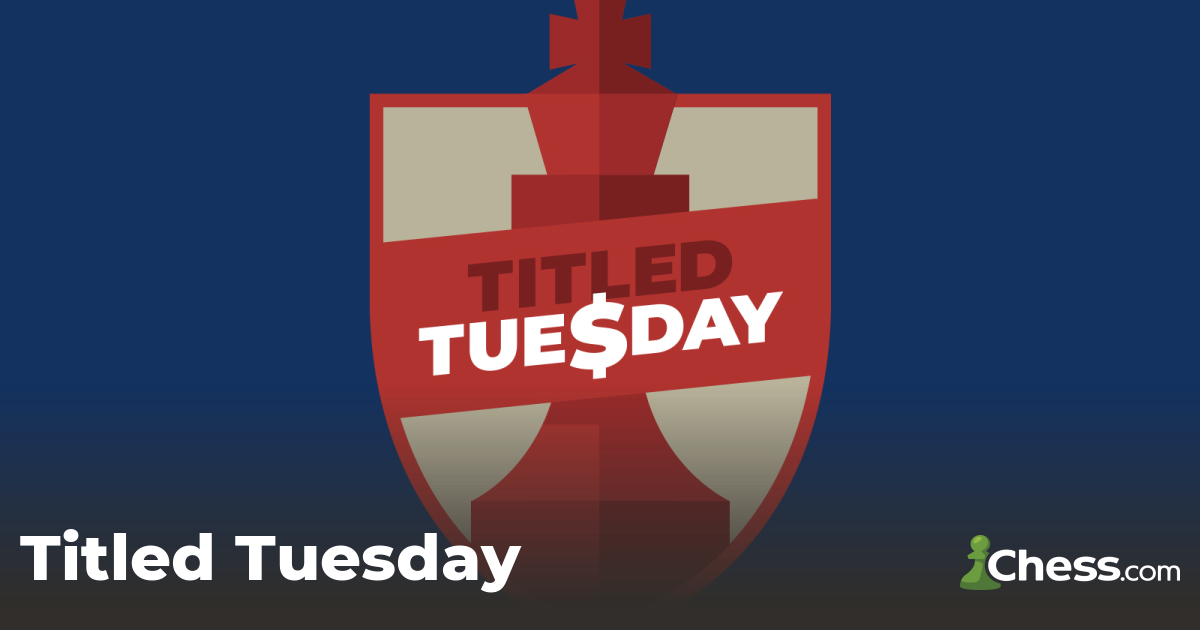Titled Tuesday on Chess.com: The 1.e4 Opening and Why Players With the White Pieces Prefer It

Introduction
Tuesday on Chess.com is a day of strategic battles, fierce tactics, and endless possibilities. As players from around the globe engage in thrilling encounters, one opening move stands out as the preferred choice for white players: 1.e4. This move has long been a staple in chess, and its popularity continues to endure for various reasons.
The Decisiveness of 1.e4
Chess enthusiasts are well aware that 1.e4, the King’s Pawn Opening, often leads to more decisive games. This move immediately stakes a claim in the center of the board, providing white with a strong presence and influencing the ensuing dynamics. The opening move 1.e4 allows for rapid development of pieces and sets the stage for aggressive play, leading to sharper and more tactical positions.
In contrast to more closed openings, 1.e4 tends to result in open positions with greater tactical possibilities. This leads to exciting, dynamic encounters where both players must navigate complex positions, creating an environment ripe for decisive outcomes.
Professional Perspective: 1.e4 and Theoretical Mastery
For professional players who have dedicated countless hours to studying chess theory, 1.e4 is often considered the superior choice. The wealth of established theory surrounding this move allows players to capitalize on their in-depth knowledge and strategic understanding of the resulting positions.
Professional players appreciate the extensive body of work available on 1.e4 openings, enabling them to delve deep into various lines and subvariations. This level of theoretical mastery provides a strategic advantage, as professionals can outmaneuver opponents in the early stages of the game. The familiarity with these positions allows for more confident decision-making and calculated risks, giving white players the upper hand.
Tactical Riches and Dynamic Play
The 1.e4 opening frequently leads to tactical riches, providing both players with opportunities to showcase their creativity and calculation skills. The central pawn break not only facilitates piece development but also opens avenues for tactical skirmishes that can catch opponents off guard. This dynamic play is often favored by white players who relish the challenge of navigating the complexities that arise from this aggressive opening move.
The tactical nature of 1.e4 also allows for a wide range of responses, offering players the flexibility to choose from various established openings such as the Ruy Lopez, Italian Game, or the ever-popular Sicilian Defense. Each of these openings brings its own unique flavor to the game, ensuring a diverse and engaging chess experience. Now let’s see a couple of games from the last week showing how can a player with white pieces destroy black in the opening :
As shown in the previous game, black didn’t do something particularly wrong in the opening. However, a couple of slow moves were enough for white to seize the initiative and exploit the black king in the center with the amazing 11-Nd5!
In our next example, Black came under a vicious attack right in the opening that ended up with a king walk and forced mate. This idea of sacrficing a knight on f7 is very dangerous always against the french and black should have been more careful and more equipped in the opening
Conclusion
On a Tuesday evening on Chess.com, the resonance of 1.e4 echoes through countless virtual boards as players engage in strategic warfare. The opening move is not merely a matter of tradition; it’s a strategic choice that leads to dynamic, decisive games.
Whether you’re a seasoned professional or a casual player seeking excitement, embracing 1.e4 is a journey into the heart of chess’s rich tactical landscape. So, as you make your move on a Tuesday, consider the power and potential that lies within the simple yet profound act of pushing the king’s pawn two squares forward.